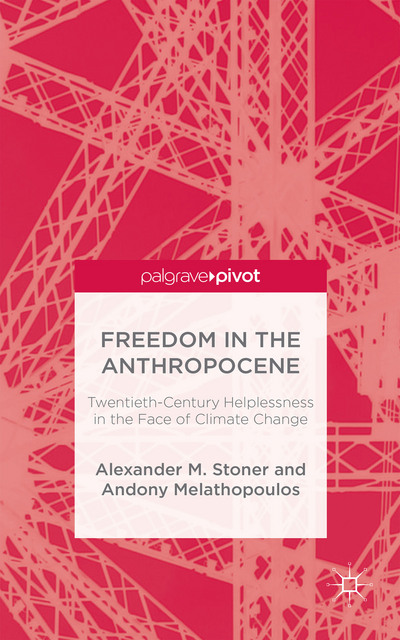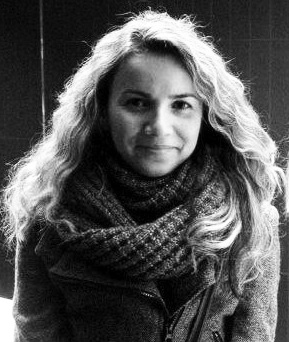Join us on Friday, January 15 for the first of our Winter 2016 series of discussions in the Future in Question lecture series featuring Andony Melathopoulos from the Natural Sciences Program at the University of Calgary.
Freedom in the Anthropocene: Twentieth-Century Helplessness in the Face of Climate Change
While it is clear that the Holocene/Anthropocene transition marks the unprecedented transformation of human societies, scholars have not been able to account for what this transition entails, how it could give rise to our current ecological predicament, and how we might plausibly move beyond it. Without such an understanding, we are left with an inadequate analysis that creates the condition for ill-informed policy decisions and a self-sustaining cycle of unsuccessful attempts to ameliorate societally induced environmental degradation. The talk will illuminate our current ecological predicament by focusing on the issue of history and freedom and how it relates to our current inability to render environmental threats and degradation recognizable, and by extension, subject to its conscious and free overcoming by society. Working through the writings of three twentieth century critical theorists (Georg Lukács, Theodor W. Adorno, and Moishe Postone), Stoner and Melathopoulos argue that the idea of the Anthropocene is a historically specific reflection of helplessness, which only becomes possible at the close of the twentieth century.

Andony Melathopoulos Biography
Andony Melathopoulos is a postdoctoral scholar in the Natural Sciences Program at the University of Calgary. His research is motivated by our current paradox: ecological degradation continues to accelerate even amid growing environmental attention and concern. How is it that our increasing technical ability to measure this degradation grows in parallel with a seemingly runaway pattern of unsustainability? His current research poses this question against the rapid expansion of pollinator-dependent crops and the problem of wild pollinator conservation in agriculture. He combines traditional environmental science methodologies—field research, pollination ecology, statistical modeling—in parallel with scholarship in the environmental humanities—ecological economics, political economy, and critical social theory. Through relating these two disciplinary areas he has been able to demonstrate how certain environmental science questions (e.g., the value of wild pollinating insects to agricultural output) veil unsustainable social processes behind a set of technical problems. His work in this field has been recognized internationally in journals such as Ecological Economics, in fora such as the International Conference on Global Food Security, and he was recently invited to be an expert reviewer of the Intergovernmental Panel on Biodiversity and Ecosystem Services’ Thematic Assessment of Pollinators, Pollination and Food Production for the United Nations.







